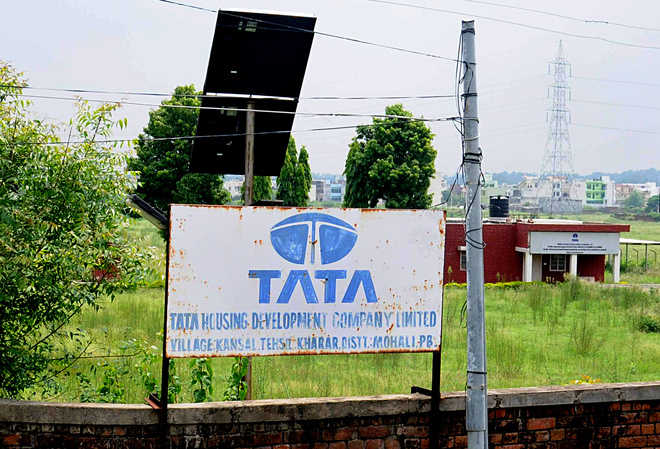Corbusier’s city ducks threat from dark side of Camelot
Rajan Kashyap
Recently, the ecology of Chandigarh, including its residents as also the flora and fauna, survived an imminent attack. The nature and magnitude of the looming onslaught passed almost unnoticed.
The threat: Destruction of the city’s environment and heritage by the construction of 19 towers, each 28 storey high, planned to be delivered to 2,100 wealthy individuals for Rs 1.50 crore each.
The invaders: Commercial interests, represented by one of India’s largest business houses, abetted by powerful political leaders of various parties from the state of Punjab.
The location: One kilometre from the Capitol Complex, and just 100 metres from the iconic Sukhna lake and its sanctuary, home to numerous species of plants and animals.
The benefactors: The superior judiciary, represented by a bench of the Delhi High Court, that had been designated by the Supreme Court of India to adjudicate on the alleged threat to the integrated existence of the City Beautiful. The unequivocal judicial pronouncement, cancelling the clearance to the project given by the government, came as a relief for environmentalists and the ordinary folk.
The victims: The common people living in the city. The project, thankfully stillborn, was grandly named Camelot, after the mythical city of the legendary King Arthur of England. The project would have dissipated the scarce groundwater and the lake itself. Camelot would have replaced the vital green cover with a monstrous concrete colony and the flora and fauna in the lake’s sanctuary would have been denied breathing space. The court surely anticipated the likely impact of a large concentration of population on the city’s physical infrastructure like roads and civic amenities, besides certain inevitable social consequences of high-income groups concentrated in an enclosed habitat. The massive high-rise buildings would have permanently blocked the citizens’ view of the picturesque hills.
The whistle-blowers: Public spirited citizens who alerted the honorable court. They pointed out that the proposed project infringed on the vision of the founders of Chandigarh as an environment-friendly city of open spaces, a priceless heritage. Further, the consistent policy of the city administration has been not to permit construction of buildings more than three storey in height. In respect of the Capitol Complex, consisting of the Secretariat, the High Court and the legislative chambers of the states of Punjab and Haryana, there is a bar on construction in the vicinity, which is to be kept perennially green. The court had sought the informed views of renowned experts on the likely ecological implications of the establishment of the new habitat, and accepted on record the unimpeachable technical evidence presented by these experts.
Timely justice: King Arthur and his brave Knights of the Round Table are fabled to have fought to protect the poor and defenceless. Ironically, the aspiring residents of this modern Camelot were persons with power and means. King Arthur himself would have objected to the name of his city being usurped for a dubious cause. The verdict of the court he would have surely welcomed.










